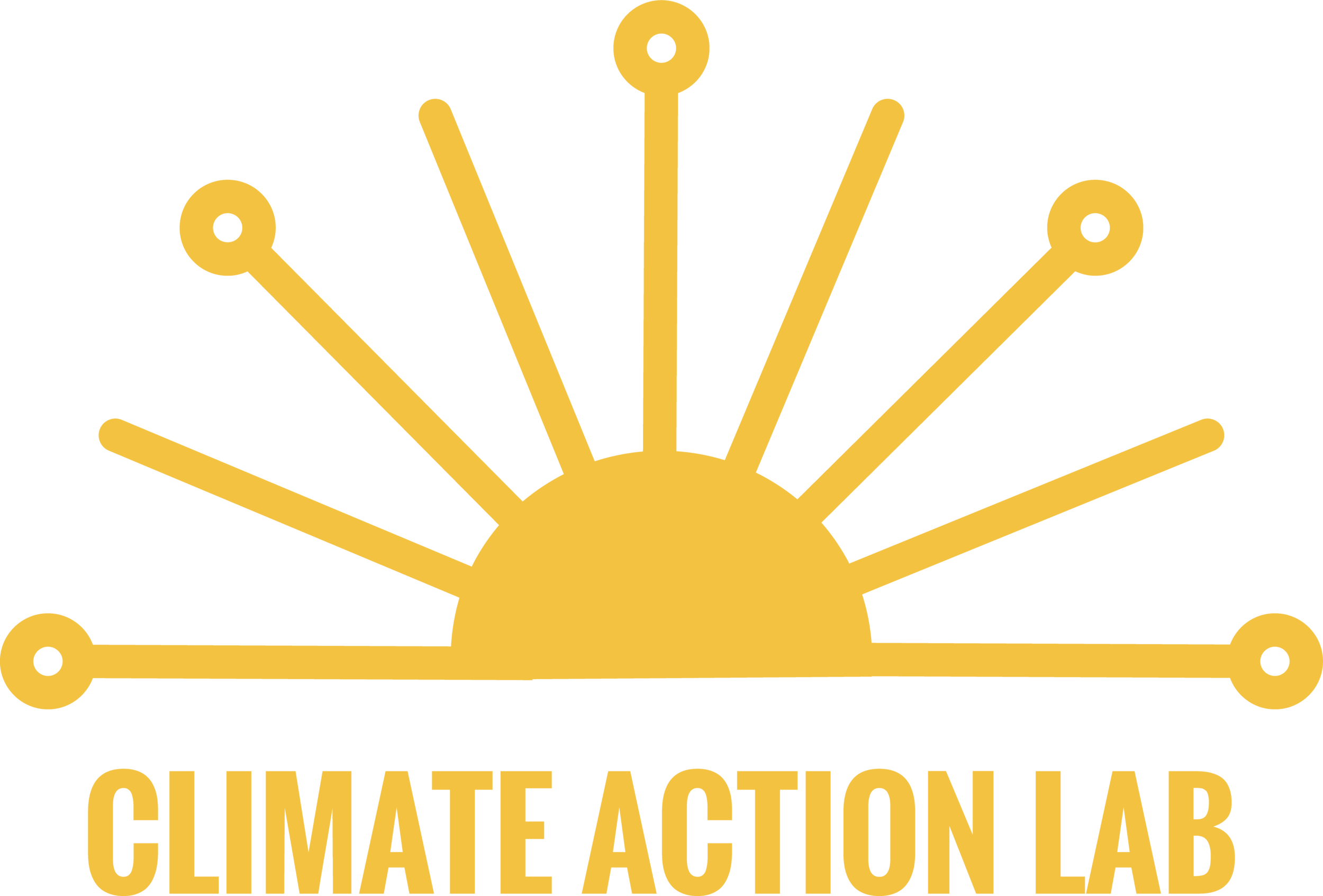Researcher Spotlight: Henry Hundt
Henry Hundt graduated with a Master of Public Affairs at the La Follette School, with a certificate in Energy Analysis and Policy. In this post, he reflects on his experiences at the Climate Action Lab and the university.
Written by: Jing Ling Tan
Can you describe your research at the Climate Action Lab?
My work with the CAL was focused on helping the office of sustainability and UW-Madison broadly - to examine the renewable energy potential of all their properties outside the main campus. This includes a set of properties that UW-Madison operates and manages on behalf of The Board of Regents of the University of Wisconsin System. These properties, of approximately 10,000 acres, had unknown wind and solar generation potential. To help achieve the goal UW Madison has of reaching net zero carbon emissions from its operations, we help provide guidance on where they should look first to develop renewable energy projects and where it is most likely to succeed.
This project was also framed under two other goals of CAL: one, is to use satellite data for energy transition planning, and two, to provide state-wide insights that could be used by communities on where to site renewable energy projects.
What are the key policy takeaways people can gain from the project and the data visualization specifically?
The visualization piece was in part to make existing datasets as public and accessible as possible. We know that many renewable energy developers use their own set of inputs — but we are really trying to democratize that and open it up.
A few key takeaways from my perspective were: First, there is abundant renewable energy potential in all parts of a Northern state like Wisconsin. For example, solar can be a very valuable energy resource from Southern to Northern Wisconsin, even though both have very different environments.
Second, community pushback against renewable energy generation is something that is continuing to proliferate throughout — especially rural — America, as more and more projects are sited. And any project that wants to ensure success needs to start with on-the-ground buy-in and this can be helped by letting communities pre-designate areas for renewable energy development.
Lastly, relating to satellite data, there is a lot of potential with the abundance of raw data that is coming from NASA. But there’s still progress to be made on making this wealth of data useable for those doing renewable energy implementation such as renewable energy developers, policy makers, community organizers.
Speaking of the wealth of data, how was it like for you when starting out to learn the technical and coding skills to work on them?
It was definitely a hurdle. And it was also one of the great benefits - to learn these skills as I progressed. Geospatial data are becoming abundant as we are seeing more and more satellite data, in measurement and verification tools, et cetera. I got used to using geospatial data through platforms like ArcGIS, QGIS and python. And finally, I took a data science class through UW-Madison which really helped add some context for final data analysis tasks.
Could you share what led you to the lab?
I started La Follette at the same time Morgan did — it was really serendipitous! After my first year of being a Teaching Assistant, she knew I was looking to work on projects related to the energy transition. And the opportunity presented itself through the Office of Sustainability. Josh Arnold from the Office of Sustainability had the shapefiles of all the properties and really wanted to put this information to use — getting it online, sharing it, and finding out where to focus their efforts to meet renewable energy targets. So that was when Morgan connected me to the Office of Sustainability and how I got involved.
What are your next steps after the lab?
I’ll be working at this firm called Hoffman Planning, Design, & Construction Inc, which is an integrated architecture planning firm based in Appleton, Wisconsin. My role will be focused on sustainable energy performance, which includes energy modeling, sustainable building practices, distributed energy and net zero energy building implementation projects and sustainable land use. I will be working across the built environment.
Do you have any advice for people who are looking to pursue similar career trajectories as yours? Or for people coming to the lab with similar topical interests as yours?
I would say La Follette generally, and especially the Energy Analysis and Policy (EAP) Program, does set one up very well for working across a few different areas — be it in consulting or in the public sphere. The program has a strong emphasis on understanding policy creation, implementation and understanding technology tradeoffs— which is valuable for many areas.
“I think the CAL specifically and Morgan have provided a lot of freedom to pursue skills and projects that are the most interesting to the student while also providing the scaffolding to support that.”
I think the CAL specifically and Morgan have provided a lot of freedom to pursue skills and projects that are the most interesting to the student while also providing the scaffolding to support that. Morgan has done so much to bring resources to her lab that allow an enormous amount of growth for each its members. Her focus on actionable research related to the climate change and the energy transition made being a part of CAL incredibly engaging. Being in the CAL was the highlight of my graduate school.
What are some of your favorite memories at the lab or at Madison?
The weekly in person meetings were always a highlight because was a chance to engage and discuss work in the lab that I wasn’t involved. I also really enjoyed my EAP capstone project, working with the PSC and two other students on mapping the single-family home heat pump market potential. And of course, my time with the UW’s Office of Sustainability team working on the agrivoltaic research site.


